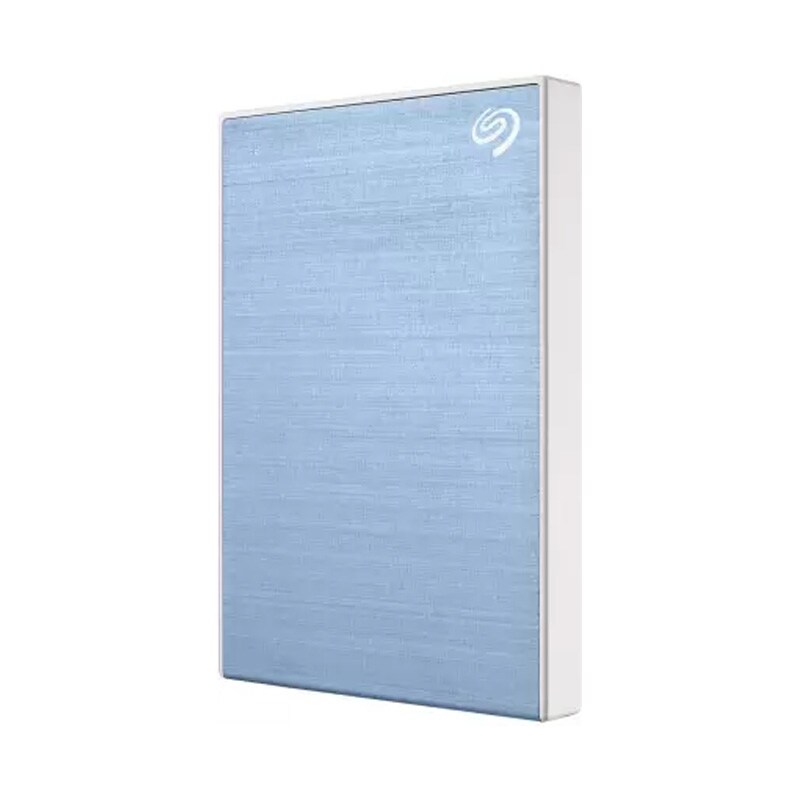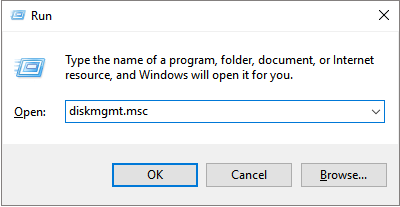

- IF I INITIALIZE DRIVE LOSE DATA MAC OSX
- IF I INITIALIZE DRIVE LOSE DATA PROFESSIONAL
- IF I INITIALIZE DRIVE LOSE DATA WINDOWS
Select the new drive and click the Partition tab.Ĭlick Options and verify that it is set to GUID Partition Table. Navigate to Applications and click Utilities. To create a partition on a new drive, complete the following: Note: The following steps create an HFS+ (Mac OS Extended (Journaled)) partition that uses the entire drive space. If you are not prompted to initialize the drive and you cannot find the drive in Finder, you will need to create a partition on the drive. If you are prompted to initialize the drive, click Initialize.
IF I INITIALIZE DRIVE LOSE DATA MAC OSX
Mac OSX detects a drive that needs to be initialized and automatically prompts you to initialize the drive. The partition uses a file system (for example, HFS+, ex-FAT, NTFS, and so on). A partition defines an area of the drive to use for storing data. Mac OSīefore you can access a new or formatted drive in your operating system, you need to initialize it first and then create a partition on the drive.
IF I INITIALIZE DRIVE LOSE DATA WINDOWS
The new drive should appear in Windows Explorer. Clear the Enable file and folder compression check box.
IF I INITIALIZE DRIVE LOSE DATA PROFESSIONAL
Although you can initialize disk without losing data with the help of professional data recovery software, the worry and irritability that data may be lost are quite annoying still. See, no data loss during the entire process.


Note: The following steps create an NTFS partition that uses the entire drive space. If you are running an earlier version of Windows, initialize the disk(s) with MBR. For more information, visit the following FAQ. If you are running Windows ® 7 or later and are using a drive larger than 2TB, initialize the disk(s) with GPT. When prompted to, initialize your disk(s). Press the Windows key + R, type compmgmt.msc, and click Run to open Computer Management. If you cannot find an uninitialized drive in Disk Management, skip the following steps and try to partition your device. Note: You typically only need to initialize a drive if the drive is new. The partition uses a file system (for example, ex-FAT, NTFS, and so on). Before you can access a new or formatted drive in your operating system, you need to initialize it first and then create a partition on the drive.


 0 kommentar(er)
0 kommentar(er)
